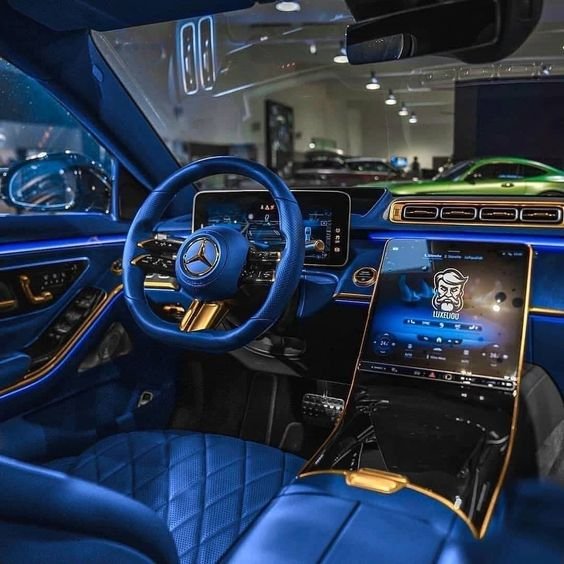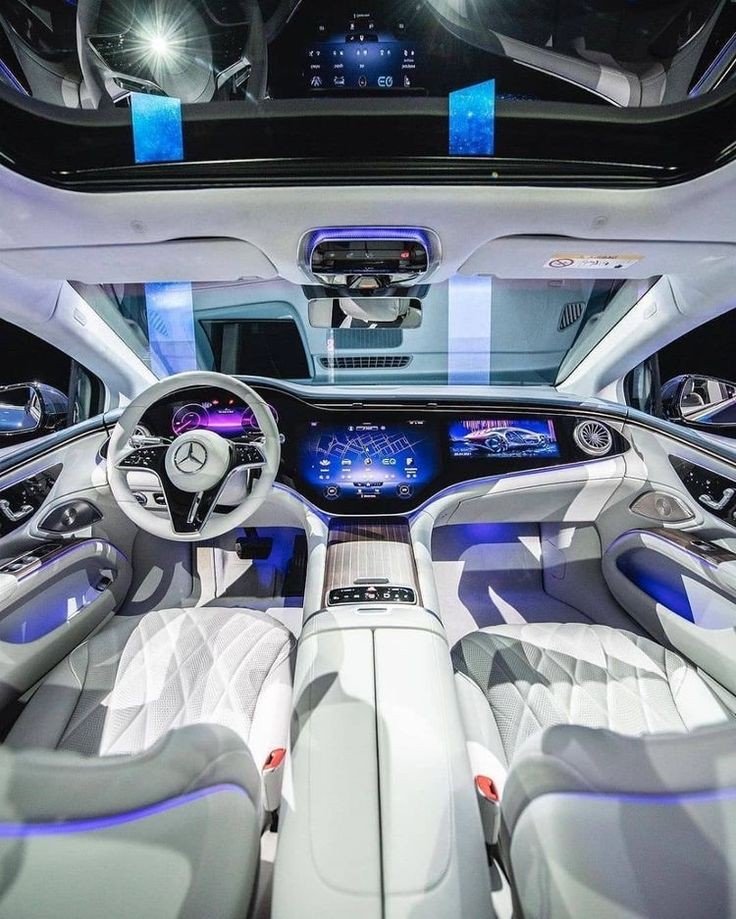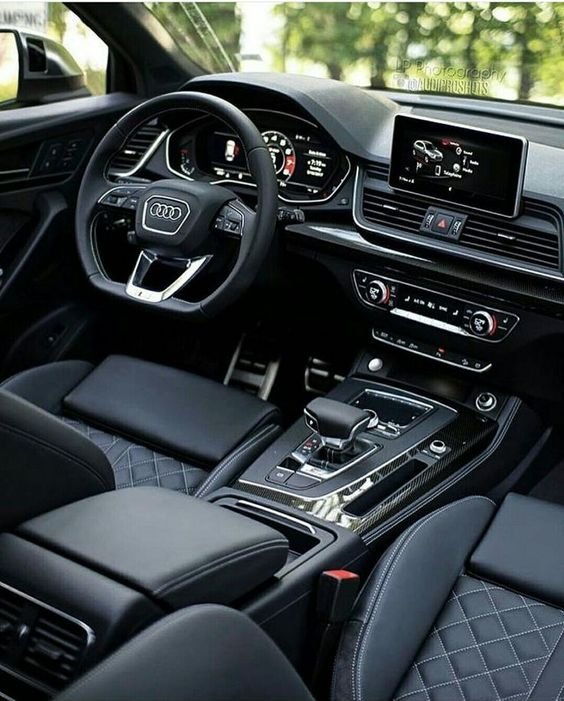
The Chinese electric vehicle (EV) industry has been rapidly advancing, with major players like BYD (Build Your Dreams) leading the charge. As the largest EV manufacturer in China and a significant global player, BYD has set ambitious goals to move upscale and expand its market share in the premium vehicle segment. In a strategic move to achieve this, BYD has signed an agreement with Huawei, the Chinese tech giant, to integrate Huawei’s advanced autonomous driving system into its Fangchengbao lineup, marking a significant milestone in the evolution of smart vehicles.
This detailed article explores the implications of the BYD-Huawei partnership, the significance of Huawei’s Qiankun intelligent driving system, the strategic direction of BYD’s premium brands, and the broader impact on the Chinese and global EV markets.
BYD’s Strategic Shift to Premium EVs
BYD has long been a dominant force in the EV market, known for its cost-effective vehicles and vertical integration strategy, which allows the company to manufacture key components such as batteries in-house. This approach has given BYD a significant cost advantage, enabling it to offer competitive pricing while maintaining high production volumes. However, as the EV market matures and consumer preferences shift towards more sophisticated and feature-rich vehicles, BYD has recognized the need to move upmarket.
The company’s premium brands—Denza, Fangchengbao, and Yangwang—represent its efforts to cater to more affluent consumers seeking luxury, advanced technology, and enhanced driving experiences. Despite their potential, these brands accounted for just 5% of BYD’s total sales in the first half of the year, according to data from the China Association of Automobile Manufacturers. This highlights the challenge BYD faces in establishing itself as a major player in the premium EV segment.
To address this challenge and improve profitability, BYD has been investing heavily in developing advanced driver-assistance systems (ADAS) and other intelligent features. However, the company has not fully developed these systems in-house and continues to rely on external suppliers for its upmarket models. This is where Huawei’s involvement becomes critical.
Huawei’s Role in the EV Ecosystem
Huawei, traditionally known for its telecommunications and consumer electronics businesses, has been making significant inroads into the automotive sector, particularly in the development of autonomous driving technology. The company’s Qiankun intelligent driving system is a state-of-the-art ADAS designed to enhance vehicle safety, efficiency, and user experience by leveraging Huawei’s expertise in artificial intelligence (AI), big data, and cloud computing.
Huawei’s foray into the EV market is part of a broader strategy to diversify its business amid challenges in its core sectors, particularly due to geopolitical tensions and sanctions. By positioning itself as a key supplier of ADAS to leading automakers, Huawei is establishing itself as a crucial player in the future of mobility.
The partnership with BYD is a testament to Huawei’s growing influence in the EV sector. BYD’s decision to integrate Huawei’s Qiankun system into its Fangchengbao EVs signals a recognition of Huawei’s capabilities in autonomous driving and the importance of intelligent features in attracting premium consumers.
The Fangchengbao Brand: A New Frontier for BYD
Fangchengbao is one of BYD’s newest premium brands, launched to target the growing demand for luxury SUVs and off-road vehicles in China. The brand is part of BYD’s broader strategy to diversify its product portfolio and cater to different market segments. The Bao 8 SUV, set to be the first Fangchengbao model equipped with Huawei’s Qiankun system, is a crucial product in this strategy.
The Bao 8 SUV is expected to offer a blend of luxury, performance, and advanced technology, positioning it as a strong competitor in the high-end SUV market. The integration of Huawei’s intelligent driving system will likely be a key selling point, offering consumers a sophisticated driving experience with features such as autonomous navigation, adaptive cruise control, and advanced safety systems.
Understanding Huawei’s Qiankun Intelligent Driving System
The Qiankun intelligent driving system represents Huawei’s cutting-edge approach to autonomous driving technology. It is an advanced driver-assistance system designed to enhance vehicle autonomy, safety, and overall driving experience. Key features of the Qiankun system include:
- Autonomous Navigation: The Qiankun system enables vehicles to navigate complex environments with minimal human intervention. It uses a combination of sensors, cameras, and AI algorithms to detect obstacles, interpret traffic signals, and make real-time driving decisions.
- Adaptive Cruise Control: This feature allows the vehicle to maintain a safe distance from other vehicles on the road, automatically adjusting speed based on traffic conditions. It enhances safety and reduces driver fatigue, particularly on long journeys.
- Lane-Keeping Assistance: The system includes advanced lane-keeping assistance, which ensures that the vehicle stays within its lane by automatically adjusting the steering. This feature is particularly useful on highways and in heavy traffic.
- Emergency Braking: The Qiankun system can detect potential collisions and automatically apply the brakes to prevent accidents. This feature is crucial for enhancing vehicle safety and protecting passengers.
- Intelligent Parking: The system assists drivers in parking the vehicle by automatically controlling the steering, acceleration, and braking. It is designed to handle a variety of parking scenarios, including parallel and perpendicular parking.
- Voice and Gesture Control: Huawei’s system also incorporates advanced user interfaces, allowing drivers to control various functions using voice commands or hand gestures. This enhances convenience and reduces the need for manual inputs.
The integration of these features into BYD’s Fangchengbao EVs, starting with the Bao 8 SUV, is expected to set a new standard for intelligent driving in the Chinese EV market.
The Significance of the BYD-Huawei Partnership
The collaboration between BYD and Huawei is significant for several reasons. First, it underscores the importance of partnerships in the rapidly evolving EV industry. As automakers seek to incorporate more advanced technology into their vehicles, they are increasingly turning to tech companies like Huawei to provide the necessary expertise and innovation.
Second, the partnership highlights the growing role of Chinese companies in the global automotive industry. Both BYD and Huawei are leaders in their respective fields, and their collaboration demonstrates China’s capability to develop and deploy cutting-edge technology on a global scale. This partnership is likely to enhance the competitiveness of Chinese EVs, both domestically and internationally.
Third, the use of Huawei’s technology in BYD’s premium vehicles reflects the increasing consumer demand for intelligent driving features. As consumers become more tech-savvy and aware of the benefits of autonomous driving, they are likely to prioritize vehicles equipped with advanced ADAS. This trend is expected to drive further innovation and investment in the development of smart vehicles.
The Broader Impact on the EV Market
The BYD-Huawei partnership is likely to have a ripple effect across the EV industry, influencing the strategies of other automakers and tech companies. Some potential impacts include:
- Increased Focus on Smart Vehicles: As more automakers recognize the importance of intelligent driving features, there will likely be an increased focus on developing and integrating such technologies across a wider range of vehicles. This could lead to a more competitive market for ADAS suppliers and further innovation in the field.
- Greater Collaboration Between Automakers and Tech Companies: The partnership between BYD and Huawei could serve as a model for other automakers looking to enhance their vehicles’ technological capabilities. We may see more collaborations between traditional automakers and tech giants as the industry continues to evolve.
- Acceleration of Autonomous Driving Adoption: The integration of advanced autonomous driving systems like Huawei’s Qiankun into mainstream vehicles could accelerate the adoption of autonomous driving technologies. As consumers become more familiar with these features, they are likely to demand them in more vehicle models, driving further development and deployment.
- Impact on Global EV Competitiveness: The partnership could enhance the global competitiveness of Chinese EVs, particularly in markets where smart driving features are highly valued. This could pose a challenge to established automakers in Europe, North America, and other regions, prompting them to ramp up their own efforts in autonomous driving technology.
- Regulatory and Safety Considerations: As autonomous driving technology becomes more widespread, there will be increased scrutiny from regulators to ensure the safety and reliability of these systems. Automakers and tech companies will need to work closely with regulatory bodies to establish standards and guidelines for the deployment of ADAS.
Challenges and Opportunities Ahead
While the BYD-Huawei partnership presents significant opportunities, it also faces several challenges. Developing and deploying advanced autonomous driving systems is a complex and costly endeavor, requiring substantial investment in research and development, testing, and infrastructure.
One of the key challenges is ensuring the safety and reliability of these systems. Autonomous driving technology is still in its early stages, and there have been instances where ADAS systems have failed or underperformed, leading to accidents. BYD and Huawei will need to rigorously test and refine the Qiankun system to ensure it meets the highest safety standards before it is widely deployed.
Another challenge is consumer acceptance. While there is growing interest in autonomous driving, some consumers remain skeptical or concerned about the safety and reliability of these systems. Educating consumers and building trust in the technology will be crucial for the successful adoption of smart vehicles.
On the other hand, the partnership also presents significant opportunities. As the demand for smart vehicles grows, BYD and Huawei have the potential to capture a significant share of the premium EV market, particularly in China. The success of this partnership could also pave the way for future collaborations between the two companies, further enhancing their competitiveness in the global automotive industry.
ALSO READ: How to Choose the Best Car Warranty







